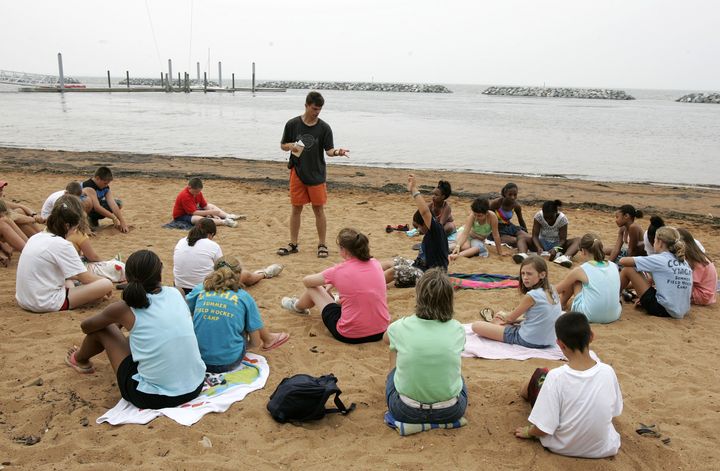
While many families are planning summers filled with educationally enriching activities for their kids, the vast majority of low-income children in the U.S. lack access to fun and beneficial summer learning opportunities.
For these disadvantaged youth, summer months can be lonely and boring, and place them at increased risk for weight gain and learning loss. A substantial body of research, illuminated by anecdotal evidence from low-income communities nationwide, makes it clear that children who lose out on summer learning, lose out.
Children who lack access to summer learning opportunities are less likely to be physically active and more likely to spend their days watching TV and eating junk food. These sedentary behaviors are contributing to America's ballooning childhood obesity epidemic.
Studies also show that a lack of summer learning and enrichment opportunities leads to "summer learning loss" -- a loss in academic skills and knowledge during summer vacation. Summer learning loss, which is cumulative over time, widens the achievement gap between low-income and middle-income students and increases student drop-out rates.
Summer learning also helps teachers because they don't have to begin the school year playing catch-up with students who lost out on summer learning opportunities.
Fortunately, there is growing recognition about the critical link between children's summertime learning and academic achievement, thanks in part to cover stories like TIME Magazine's "The Case Against Summer Vacation."
Unfortunately, low-income children across America are still woefully under-served by summer learning programs. For example:
- Only 25 percent of school-age children in the U.S. participate in summer learning programs.
In California, a growing coalition of political leaders, community leaders and children's advocacy organizations, together with the nonprofit Partnership for Children and Youth, are developing a new statewide summer learning vision that can be replicated nationally.
This summer, schools and community organizations from diverse low-income communities across California -- San Francisco, Sacramento, Gilroy, Los Angeles, Santa Ana, Fresno, Whittier and Oakland -- will provide high quality summer learning programs to local children through a unique public/private partnership supported by civic, business, education and philanthropic leaders.
In just a few weeks they'll open their doors and engage children in summer learning activities that are as fun as they are educational, and serve as good examples for other communities and states.
With 90 days of summer, every day a child is not participating in a summer learning program is a loss. But with increased support from the private, public, nonprofit and philanthropic sectors, and anyone who cares about education, California and any other state can make summer learning the priority it deserves to be.
